Enter a surname, town name or other keyword to search the database. Remember to
allow for the different spellings of 'Mc' and 'Mac.' Good luck!
{Search tips: Use single word search terms for more results}
You must enter some valid character(s) into the search field
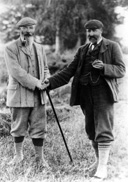
Reference: cuj001
Gamekeeper David Sutherland wi...
|
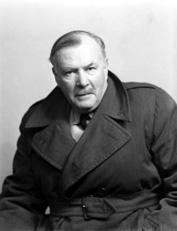
Reference: 43759b
Sir Michael William Selby Bruc...
|

Reference: 43759a
Sir Michael William Selby Bruc...
|

Reference: H-0242
Joe Corrie (1894-1968) was a S...
|
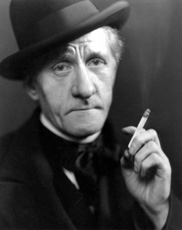
Reference: H-0240
Frederick Charles Hannen Swaff...
|
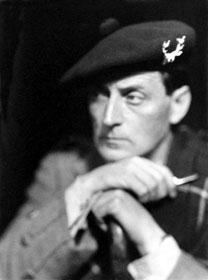
Reference: H-0238b
Sir Compton Mackenzie, (1883-1...
|
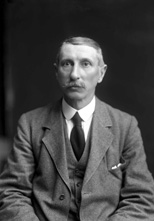
Reference: 23930
D.N Paterson, 609 Dunbarton Rd...
|
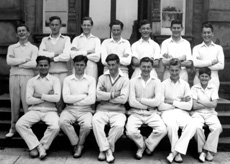
Reference: IRAA
Inverness Royal Academy Cricke...
|
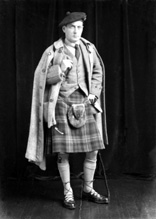
Reference: H-0238
Sir Compton Mackenzie, (1883-1...
|
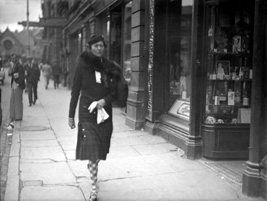
Reference: H-0229
The Duchess of Sutherland (186...
|
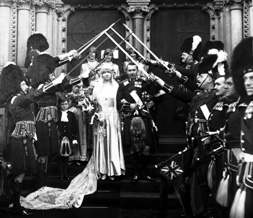
Reference: 48131
Rose - Miller wedding outside ...
|

Reference: 43383b
Miss Burnett, Old Castle Road,...
|